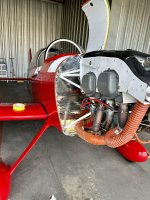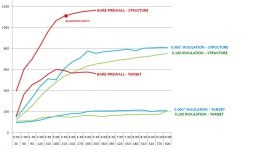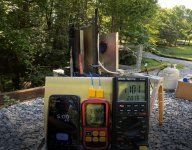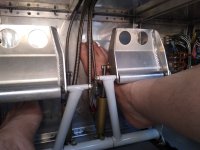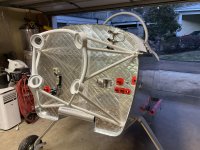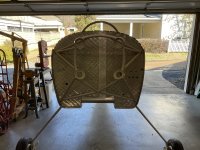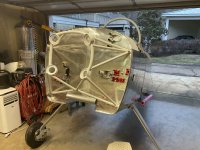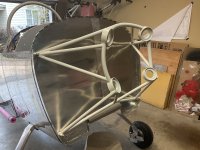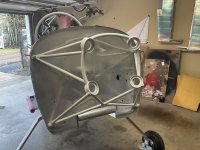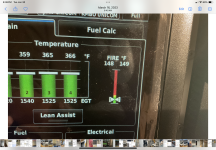Mikeyb
Well Known Member
I didn’t know about DanH’s work on firewall insulation when I built my plane.
https://vansairforce.net/community/showthread.php?t=47587&highlight=firewall+insulation&page=8
80% of my firewall was bare and I decided to install the .002” stainless foil and 1/8” ceramic as best I could. The blanket weighs 3 pounds.
As an aside, my intention was to measure the change in noise level and cockpit temperature before and after. I measured the sound level with a handheld sound level meter and the temperature of the rudder pedals with an IR thermometer.
At idle, canopy closed the sound level decreased from 86 dBA to 83.
Interestingly, At full power it stayed at 98 to 100 dBA with or without insulation.
The temperature test got muddled by the difference in solar load. It was overcast when I did the before test and sunny after. It lowered the temperature of the pedals by 10 degrees or more. Qualitatively it was the first time I was ever comfortable taxiing back after landing with the canopy shut and the vent closed.
https://vansairforce.net/community/showthread.php?t=47587&highlight=firewall+insulation&page=8
80% of my firewall was bare and I decided to install the .002” stainless foil and 1/8” ceramic as best I could. The blanket weighs 3 pounds.
As an aside, my intention was to measure the change in noise level and cockpit temperature before and after. I measured the sound level with a handheld sound level meter and the temperature of the rudder pedals with an IR thermometer.
At idle, canopy closed the sound level decreased from 86 dBA to 83.
Interestingly, At full power it stayed at 98 to 100 dBA with or without insulation.
The temperature test got muddled by the difference in solar load. It was overcast when I did the before test and sunny after. It lowered the temperature of the pedals by 10 degrees or more. Qualitatively it was the first time I was ever comfortable taxiing back after landing with the canopy shut and the vent closed.
Attachments
Last edited:



